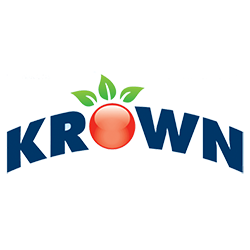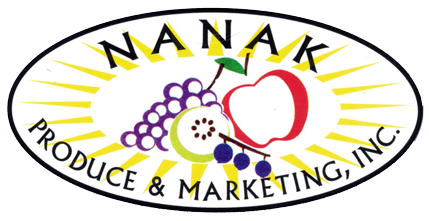Do you know how to pick a ripe mango? What about storing it before putting it out on the produce floor?
If you don’t know, you’re not alone.
Every year The Packer conducts its Fresh Trends survey of U.S. consumers to gather insights on shopping habits and fresh produce preferences. Fresh Trends 2025 asked consumers two questions about picking ripe fruit:
- Do you feel comfortable selecting a ripe [fruit] for immediate consumption?
- Do you know how to ripen [fruit] once you get them home?
For some beloved standbys, like bananas, most survey respondents said they were comfortable picking ready-to-eat fruit (72%) and knew how to ripen unripe fruit at home (63%). Other fruit were a bit of a mystery to respondents.
Take mangoes, for example. Only a third of Fresh Trends 2025 respondents said they were comfortable selecting a ripe, ready-to-eat mango. When it came to ripening an unripe mango at home, only a quarter of respondents reported knowing how.
“It’s nice to see that, on some level, we have made a difference,” said Lavanya Setia, director of marketing for the National Mango Board. “A few years ago, the number of people who would say they knew how to pick a mango was much lower.”
Setia also said the results show a lot of opportunity since there are still many consumers who don’t know how to select a mango or cut it.
Picking a ripe mango
Consumers’ lack of certainty on mango ripeness isn’t too surprising.
“Mangoes are still an emerging fruit; around 2% of produce volume, on aggregate,” said Angie Thomas, retail account consultant for the National Mango Board. “So, most — again, speaking in aggregate — shoppers are only somewhat familiar with mangoes.”
To complicate the situation, there are a lot of varieties of mangoes available ,and they all ripen differently, Setia adds.
“Some of them get red when they are ripe, some of them get a little wrinkly, some of them don’t change color at all,” she said. “So, how do you have that one message that tells people it’s ripe?”
Despite the difficulty in offering one message, the National Mango Board recommends consumers gently press the mango, much like they would an avocado or a peach, to gauge its ripeness.
When it comes to ripening a mango at home, Setia says that mangoes work like many other fruits; they can be left on the counter to ripen at room temperature. The ripening process can be sped up by placing the mango in a brown bag. Once ripe, whole mangoes can be stored in the refrigerator for up to five days.
“If it becomes common knowledge, then they wouldn’t have so much hesitation around buying an unripe mango because they know how to get it ready to eat at home,” she said.
Demographic differences
Fresh Trends 2025 shows some interesting demographic trends relative to mango ripeness knowledge. For example, more respondents who had depending children reported being comfortable selecting a ripe, ready-to-eat mango (44%) compared with those without children (26%).
“I think parents are always trying to get creative with getting kids something nutritious that the kids will enjoy as well,” Setia said. “I have a 5-year-old, and I know how quickly they reach a point where they are bored with what they are eating and they want something new, so you try to experiment.
Similarly, more respondents under the age of 50 reported being comfortable picking a ripe, ready-to-eat mango (38% for those aged 18-29 and 30-39 and 37% of those aged 40-49) compared with older respondents (31% of those aged 50-59 and 22% of those 60 years or older).
Setia credits the age differences in ripeness confidence to two different factors: accessibility and exposure.
“The supply chain has gotten better, so remote parts of the country where you wouldn’t get something like a mango unless there was enough demand now have mangoes,” she said. “The other thing is greater exposure to international cuisines through travel and social media. So, they’re seeing it on TikTok, and if they see a recipe, they will try it out. There’s more openness and more adaptability in that generation.”
Mango education efforts
The National Mango Board has a number of educational efforts underway on how to select ripe mangoes, cutting mangoes and recipes available on its website. But it goes far beyond that.
“We have an array of information available — from digital, social to [point of sale] — and we’re exploring bags that can be offered at the retail level to help with ripening,” Thomas said. “This is an everyday effort, as well as working one-on-one with customers to educate and disseminate and to pulse into all campaigns.”
Setia also said the group has a two-pronged approach to mango education: one side being consumer focused and the other being retailer-focused. She said this latter effort focuses on getting retailers armed with the necessary information to provide good product to customers, answering questions like: “How do you store a mango?” “When is the best time to get a mango out on the shop floor?” “How should the fresh cut department be preparing the mangoes?” and so on.
“So we’re trying to educate both sides so that there is demand and that demand is being met with a high quality product,” she said.
Your next read:





.png)












